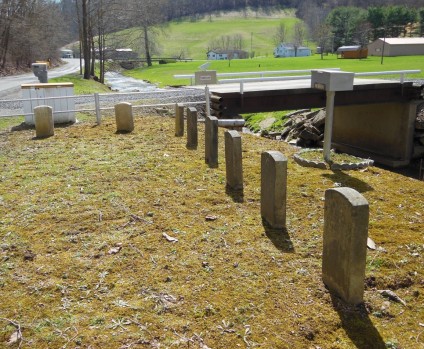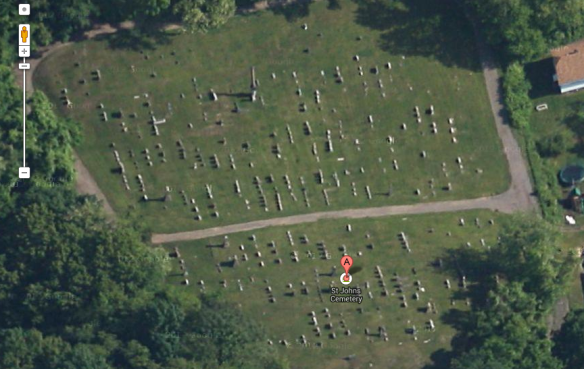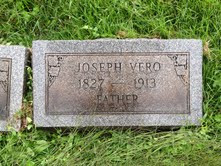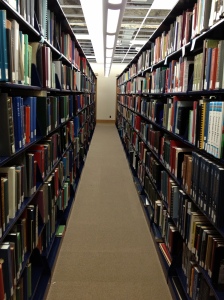The genealogical world will converge on Grand Rapids, Michigan in only two short weeks for the National Genealogical Society 2018 Family History Conference (2-5 May 2018), marking the first time that a national genealogical conference will be held in my beloved home state. This event offers a once-in-a-lifetime opportunity to show the genealogical community that Michigan is a thriving family history destination, bursting with outstanding state and local collections, rich and diverse online content, and robust genealogical societies. We have a lot to show off and celebrate!
 The Archives of Michigan is thrilled to be a Bronze Sponsor of the NGS 2018 Family History Conference. My colleagues and I are looking forward to speaking with conference attendees in the Exhibit Hall (the Archives of Michigan/Seeking Michigan booth is #527, towards the back, right near Ancestry!). We have a lot of exciting things to share with the attendees, including the ongoing Michigan naturalization records digitization project, Seeking Michigan modifications, and important additions to our onsite collections.
The Archives of Michigan is thrilled to be a Bronze Sponsor of the NGS 2018 Family History Conference. My colleagues and I are looking forward to speaking with conference attendees in the Exhibit Hall (the Archives of Michigan/Seeking Michigan booth is #527, towards the back, right near Ancestry!). We have a lot of exciting things to share with the attendees, including the ongoing Michigan naturalization records digitization project, Seeking Michigan modifications, and important additions to our onsite collections.
A personal and professional highlight of the 2018 NGS Conference will be the pre-conference event in Lansing on May 1, the NGS research trip to the Archives of Michigan and the Library of Michigan. Affectionately referred to by Archives staff as “May Day,” registered pre-conference attendees will enjoy more than six hours of research time after a one hour bus trip from Grand Rapids. With original Michigan source material available onsite at the Archives of Michigan, including naturalization records, tax rolls, probate files, state prison registries, circuit court case files, military records, occupational registrations, and much more, we are confident everyone will have a fantastic research experience. The Archives is also the home of the Abrams Foundation Historical Collection, one of the larger family history collections in the United States. With published materials from across the country, particularly those with historic migration ties to Michigan (including New York, Pennsylvania, the New England states, Indiana, Ohio, and the Canadian provinces of Ontario and Quebec), the Abrams Collection is a perfect complement to the primary source material available at the Archives of Michigan. Welcome, May Day researchers!
Representing the Archives of Michigan, I also have the privilege of speaking and/or co-presenting several times throughout the conference, including Michigan Roots: Genealogy Research in the Wolverine State (session F-305) and Over the Top: Researching Your Michigan World War I Ancestor (session F-357). I am particularly excited about the World War I program, as it emphasizes and draws from the rich collections available onsite at the Archives of Michigan.
2018 promises to be a jam-packed year, as the Federation of Genealogical Societies Annual Conference will be held just down the road in Fort Wayne, Indiana in a few short months (22-25 August 2018). Earlier in the summer, too, the Archives of Michigan and Michigan Genealogical Council will host the Abrams Foundation Family History Seminar in Lansing on 20-21 July 2018, featuring David Allen Lambert from the New England Historic Genealogical Society.
A big thank you to the Western Michigan Genealogical Society, the local host society for the 2018 NGS Conference, and the National Genealogical Society for selecting our state as a site for the conference. In less than two weeks (!), I look forward to reconnecting and networking with friends and colleagues in the field from across the country, the opportunity to spread the gospel of Michigan to the genealogical community, and the privilege of promoting the outstanding collections and resources available at the Archives of Michigan.
I’ll see you in Grand Rapids!










